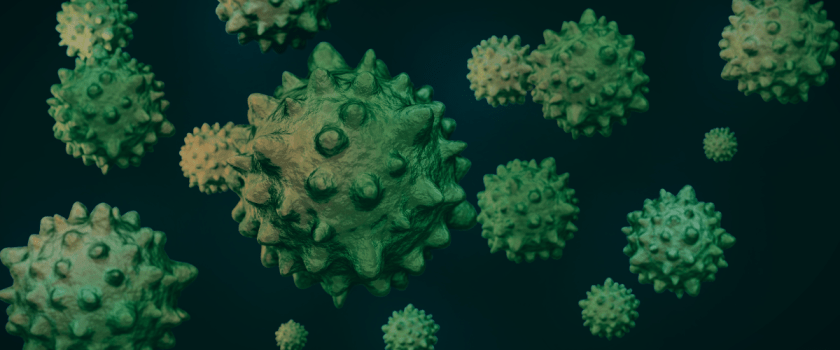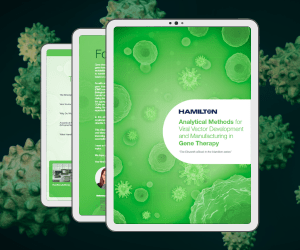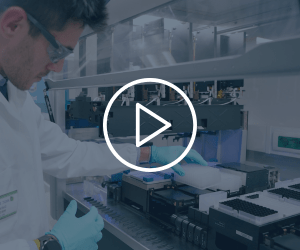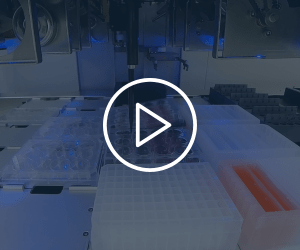In the Zone: automating analytical methods for gene therapy

Gene therapy is one of the most innovative therapies in the world. By the end of 2022, there were 24 gene therapies approved (five of which happened in 2022) and more than 2000 clinical trials being conducted worldwide, including genetically-modified cell therapies. As with any other therapeutic product, the development and manufacturing of viral vectors for gene therapy must follow Good Practice (GxP) regulations. A Good Manufacturing Practice (GMP)-compliant process for viral vectors must ensure consistent quality in the vector’s potency (biological activity), purity (absence of contaminants or impurities) and safety (absence of potentially harmful substances). To achieve this, various Critical Quality Attributes (CQAs) are monitored during the manufacturing process by measuring key properties and ensuring that they are within the appropriate levels. Quick, reliable and high-throughput analytical methods to assess these CQAs are essential in process development and later GMP-compliant testing for batch release during quality control. Given that automated liquid handlers dramatically improve the reproducibility of results and the traceability of samples, they are inherently suitable for high-level regulatory compliance.
In this feature, we review the gene therapy field, explore the automation of analytical assays during viral vector development and highlight two case studies of automated systems used for cell-based and ELISA workflows.
EBOOK
eBook: analytical methods for viral vector development and manufacturing in gene therapy
Download this eBook to review the current gene therapy landscape, discover the role automation could play in streamlining analytical assays during viral vector development and manufacturing as well as how Hamilton Robotics can offer comprehensive solutions.
CASE STUDY
![]() Case study: automating ELISA-based assays to assess the purity of therapeutic viral vectors
Case study: automating ELISA-based assays to assess the purity of therapeutic viral vectors
In this case study, the analytical development group at AGC Biologics (Milan, Italy) describes the automation of two ELISA-based workflows to assess lentiviral vector purity, using a Hamilton Microlab® STARlet liquid handler integrated with a plate washer, a plate spectrometer and two plate incubators.
CASE STUDY VIDEO
Automating ELISA-based assays to assess the purity of therapeutic viral vectors – AGC Biologics
In this video, the Analytical Development group at AGC Biologics (Milan, Italy) describes the automation of two ELISA-based workflows to assess lentiviral vector purity, using a Hamilton Microlab® STARlet liquid handler integrated with a plate washer, a plate spectrometer and two plate incubators.
CASE STUDY
![]() Case study: automating cell-based assays to determine viral vector titer
Case study: automating cell-based assays to determine viral vector titer
In this case study, Oxford Biomedica (Oxford, UK), describes the automation of a 10 day cell-based workflow required for an analytical test to determine viral vector titer, using Hamilton Microlab® STARTM liquid handlers. It explains key advantages of Hamilton’s CECULA Graphical User Interface (GUI) for the planning of long-term cell-based assays and the transfer of an automated assay to Good Manufacturing Practice (GMP).
CASE STUDY VIDEO
Automating cell-based assays to determine viral vector titer – Oxford Biomedica & Hamilton Robotics
In this video, Oxford Biomedica (Oxford, UK), an innovative global gene and cell therapy company with operations in the UK and US, describes the automation of an assay requiring a 10 day cell-based workflow, using an integrated Hamilton Microlab STAR liquid handler and CECULA’s Graphical User Interface (GUI).
In association with



